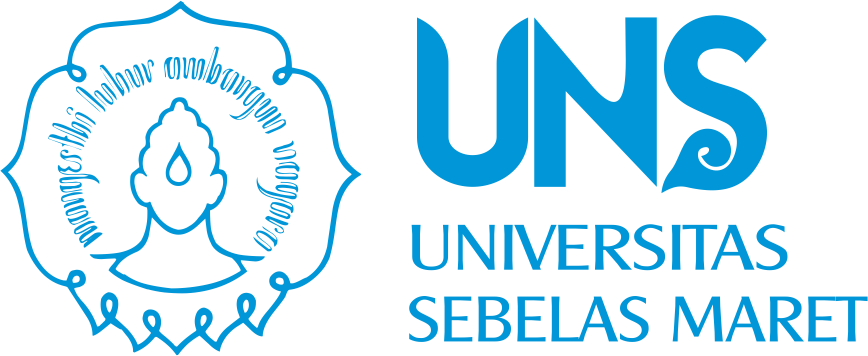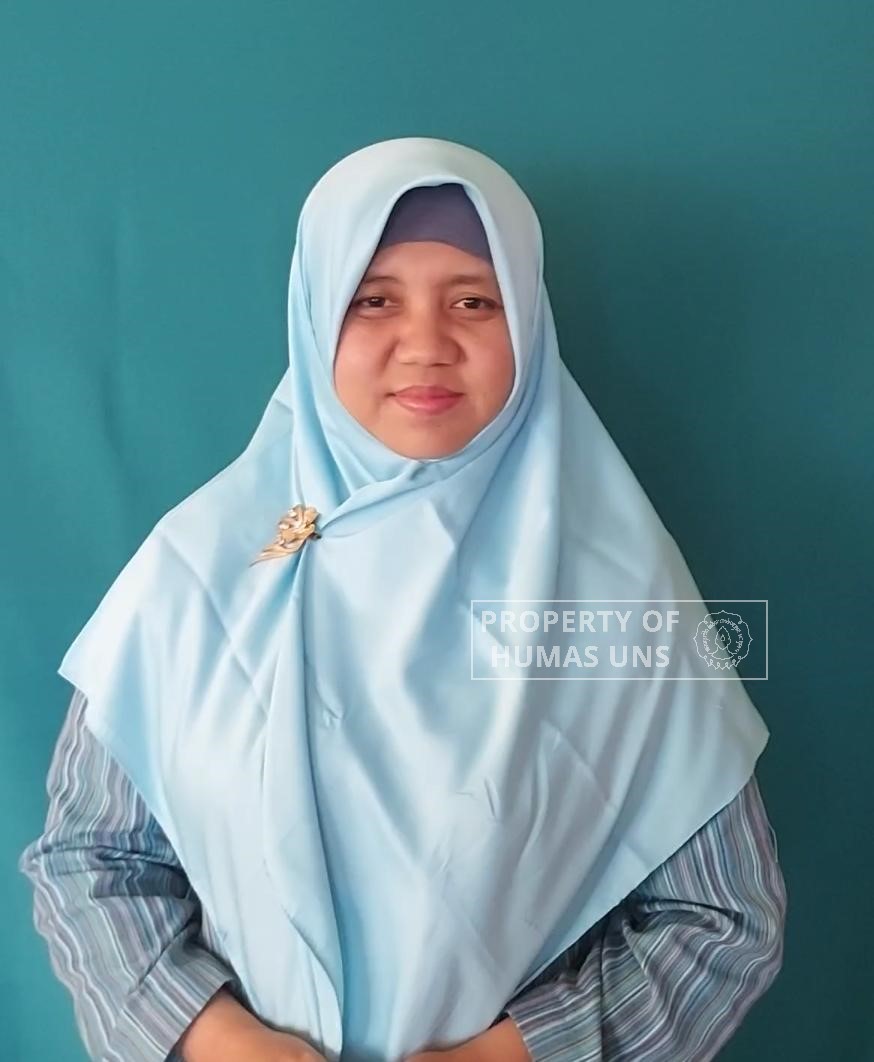Alumnus Opinion
Author: Atiek Rachmawati, S.S
(Alumnus of Local Literature Study Program FSSR UNS (now FIB UNS) class of 1999/ Javanese Literature Teacher in SMA N 2 Grabag, Magelang)
A year has passed by after an unpredictable pandemic first hit. Like it or not, people need to immediately adapt to new customs. All sectors in our daily lives are affected, including the education sector with all of its problems. Starting from the face-to-face learning system, which is normally conducted in school, converted into a virtual learning system that cannot be implemented optimally because of various obstacles in its implementation.
According to https://bdkjakarta.kemenag.go.id/, the virtual learning system refers to a learning system where the teachers and students do not need to meet each other directly but conducted through a virtual meeting platform. Teachers need to ensure that teaching and learning activities keep running even if the students stay at home. The solution is, therefore teachers must design an innovative learning media using online media. This decision is in accordance with the SE No 4 of 2020 regarding the Implementation of Education Policy During the Emergency Condition of Coronavirus Disease (Covid-19).
There is a remarkable impact from the conversion. Various methods and efforts are made by the stakeholders of the education sector. Online training and mentoring using different sources are offered to improve the quality of the teachers to use the supporting technology in virtual learning. The existence of young teachers, the advantage of technology advancement cannot be denied. Even more, there are many creative and innovative educational videos uploaded and available for download, on the young teachers’ youtube channel. The educational video uploads can be accessed by students not only within the teachers’ official Educational Unit but also available for those in other regions. According to https://bdkjakarta.kemenag.go.id/, it is said that learning activities usually conducted using Personal Computer (PC) or laptop connected to the internet. A teacher can organize a collaborative lecture at the same time using social media group services such as WhatsApp (WA), telegram, Instagram, zoom, google meet, google classroom, Schoology, or other media available.
However, there is a certain matter that attracts the author’s interest. Does all student come from the region covered by all those technological facilities? Through this section, the author wishes to discuss the students’ life, who live in a small village in a Municipality in Central Java, with difficulties in accessing virtual lecture due to internet network quality.
The author’s school uses Schoology for the virtual lecture. This service combines social networking with a Learning Management System (LMS) allowing users to create, manage, and sharing files (https://culikculik.wordpress.com/2019/05/09/). Basically, this platform is similar to an ordinary school with classrooms, students, and teachers. The only difference is the material delivery method that is implemented without a face-to-face meeting between the teacher and students. Even more, our school prepared an education system to replace the Schoology usage.
In Schoology, a teacher must prepare a handout or even a teaching module for the students. Teachers can also create a lecture video, which combines various applications such as OBS Studio and Kine Master to help students in understanding the material. When all materials are ready, teachers should create a folder for each class in Schoology. In each folder, the teacher must determine the materials add discussion where the materials are stored, thus if there is any material that students do not understand, they can use the comment section to discuss the material with the teachers. The advantage of this system is that there is no time limitation for the material section, thus students can access the material anytime because there might be problems with data packages, quotas, or signals.
Afterward, students were given assignments through the materials add assignment section. In this part, a link to available materials can be added or connected to a search engine. Students can do their assignments by sending photos or videos using the submission feature. The advantage of these materials is, teachers can assess and give an evaluation on students’ work directly, without the need to download the file. There is also a feature to give comments on students’ work and opportunities for students to take remedial if the scores are below average.
When given to students, it is inevitable that the author also finds that the result is yet to be satisfying. Several students face difficulties in submitting assignments. The quantity of assignment collected through submission feature, become another problem that needs attention, to understand the constraints faced by students. Even though this problem can be solved with WhatsApp, but the increase in the quantity of the assignments collected is still lacking and not significant. Therefore, after consultation with the counseling teacher, the author decides to do a home visit to the students’ house with less-active engagement in online learning and attendance.
As a region with the mountainous area, specifically in Andong and Telomoyo mountain, Magelang, on the way to the students’ house, the author can enjoy the views of green rice fields, forests, and sometimes the gurgling river. After meeting with the students’ parents or guardians, the author concludes that, first, the students’ inactivity during online lecture due to limited internet connection. Students with high spirits will visit an area with a good connection every day to join online lectures (PJJ) and filling attendance.
Second, the level of students’ technology literacy is not equally distributed. Those who are not active during PJJ is actually do not understand the steps to access online lectures. They need a direct tutorial from teachers or educators to understand the material delivered during the online lectures.
Third, students’ boredom in online lectures triggers the loss of learning enthusiasm. No interaction between teacher and students is one of the factors that trigger the boredom in PJJ (Long Distance Learning).
Considering the home visit conducted by the author, it is favorable to initiate an idea on ‘Visiting Teacher Movement’. Not all of our students are staying in an area with adequate access to technology networks. Not all of the students can survive during PJJ. Motivation from teachers and parents during the PJJ is needed, not only virtually but also directly. The strong silaturahmi culture in our country makes the students and parents feel cared for when receiving a visit from the teacher and indirectly create a positive effect in improving students’ learning motivation during the PJJ.
During this ongoing pandemic, traveling to areas with moderate and high-risk Covid-19 transmission, need serious consideration. However, a teacher can, first, create a concept map and visiting route and communicate with the school Covid-19 task force or at least with the sub-district level task force. After receiving approval, then the visit to the students’ house can be conducted while maintaining very strict health protocols.
Students’ learning outcomes will be an indicator of students’ success in completing every level of education. In a situation where a student can’t attend a face-to-face lecture, teachers and parents are responsible for the learning outcome. When the students are facing boredom, then it is certain that the learning outcomes obtained will not be optimal. Therefore, a supporting mechanism is needed to motivate students to maintain their learning achievement. Excellent collaboration between students, teachers, and parents during this ongoing pandemic will improve student learning outcomes. Therefore rest assured that where there is a will there is a way. (***)

